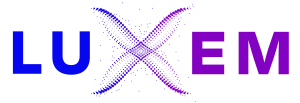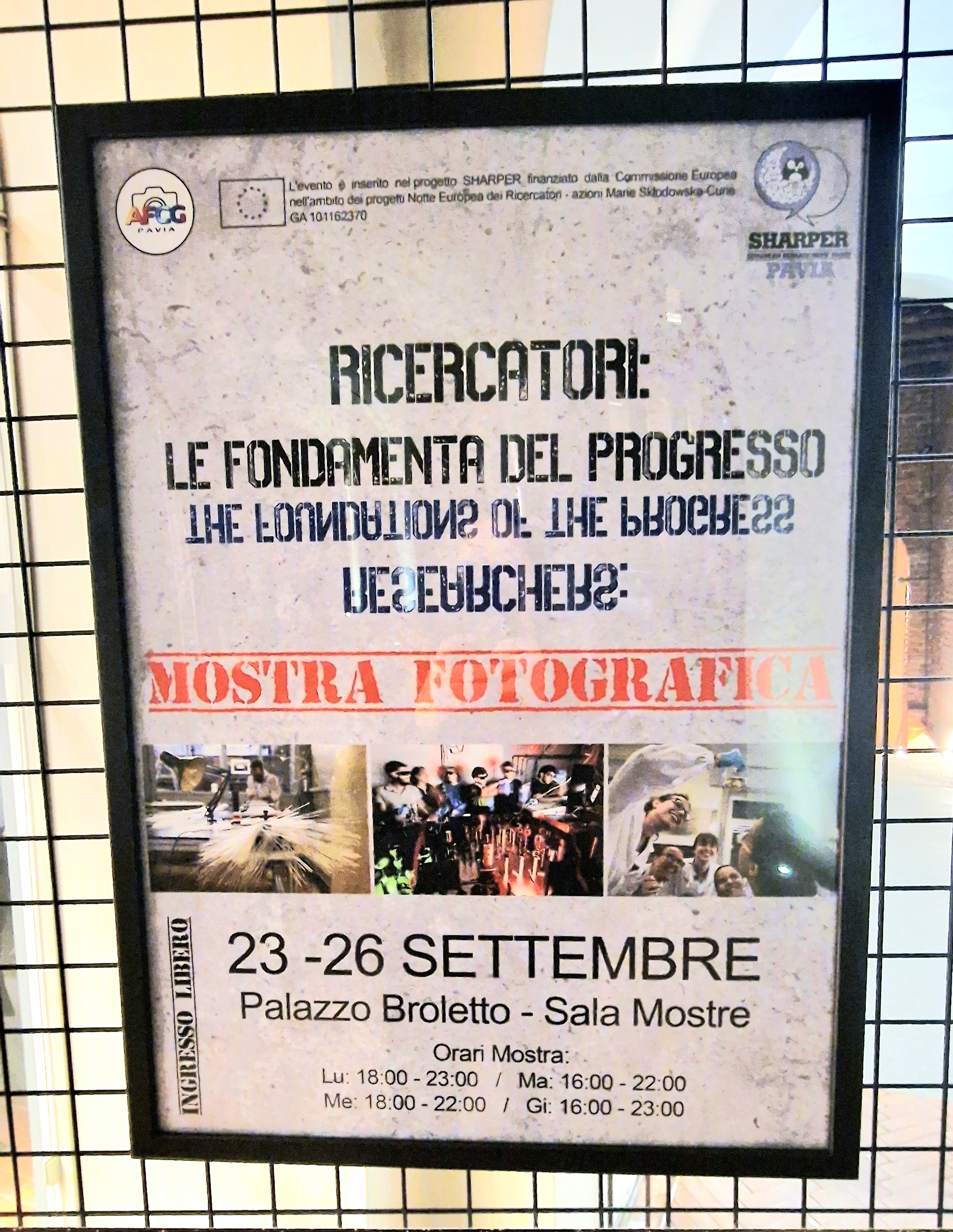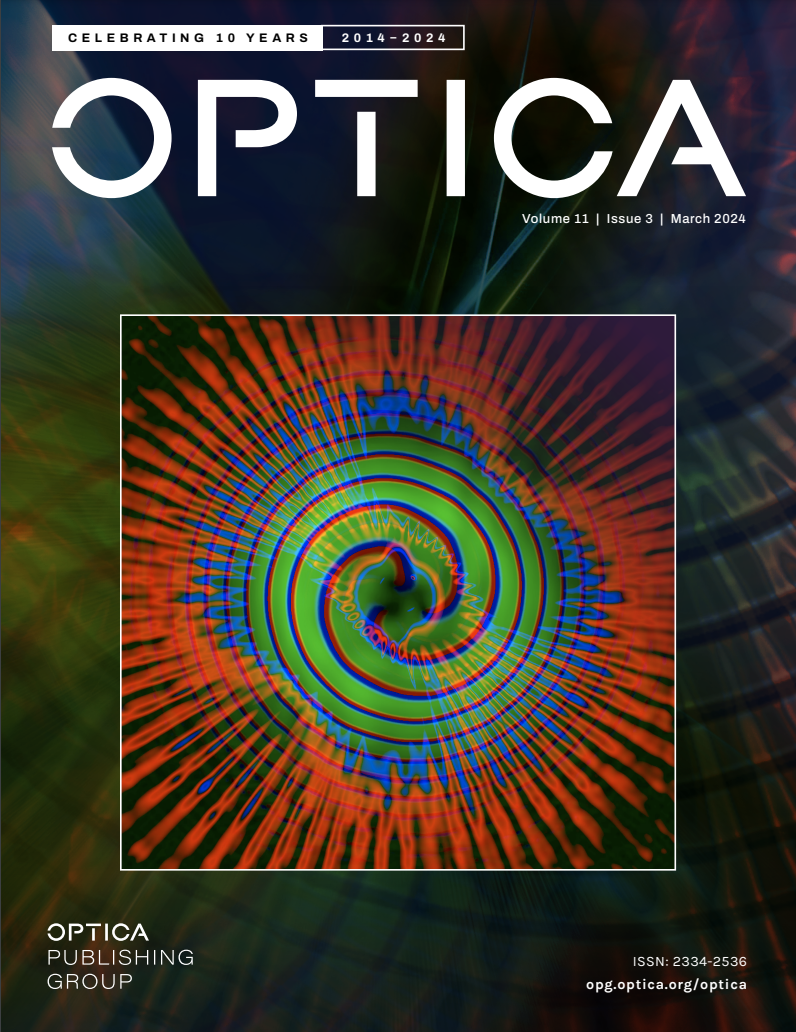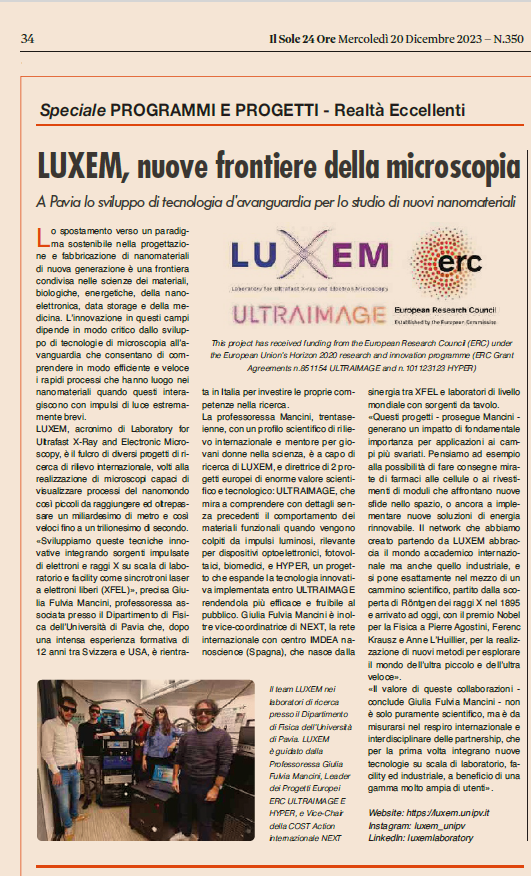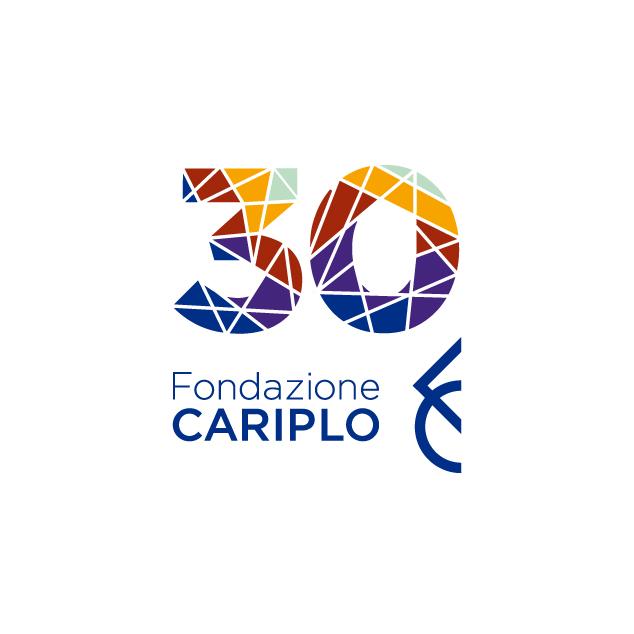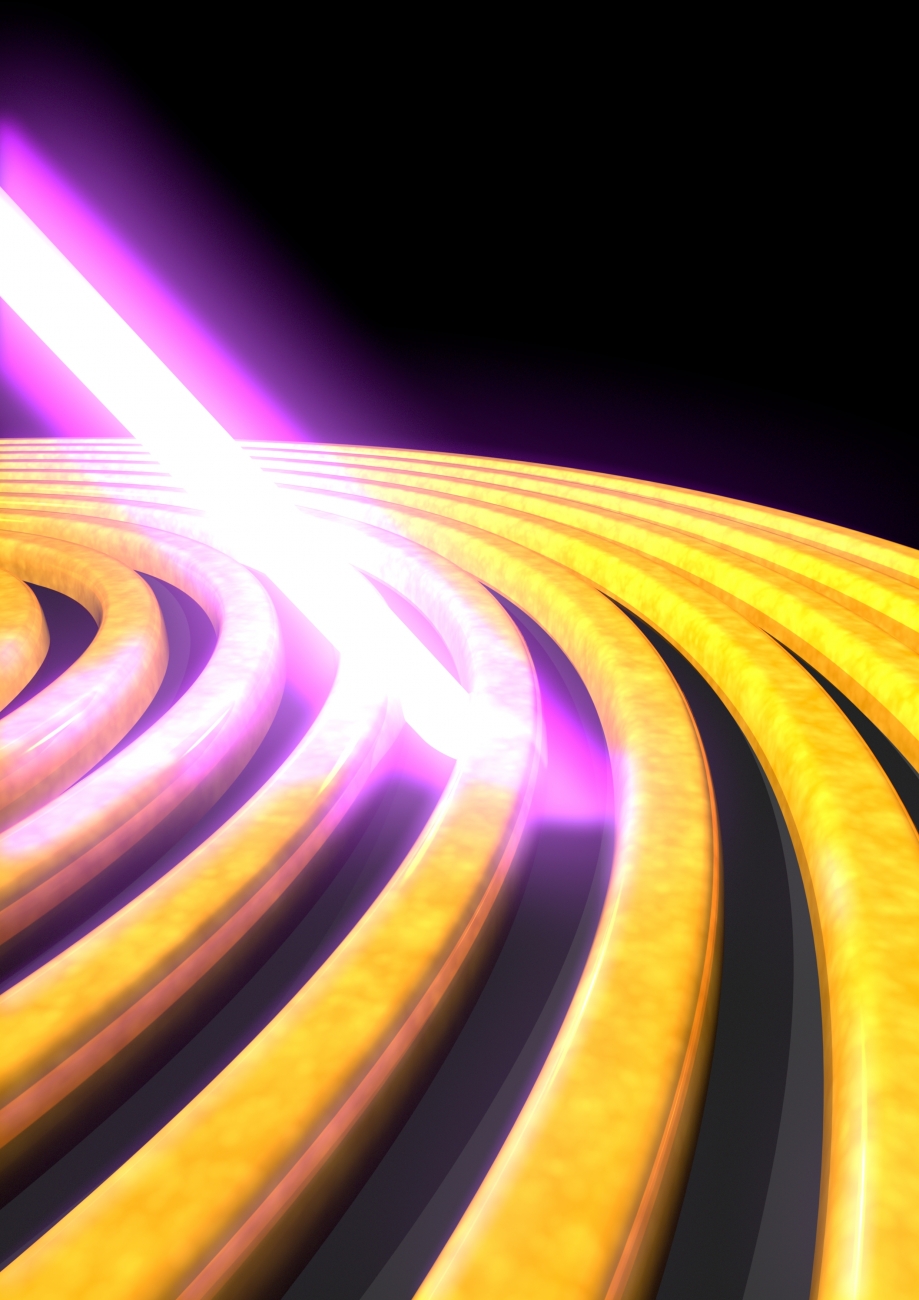titkar2025-11-17T22:28:46+00:00
“Explore the behind-the-scenes of scientific successes by photographing those who build these successes” – ERN 2024 In September 2024, photographs of LUXEM Team and Research Facilities taken by the “Associazione Fotografica Città Giardino” were highlighted in the European Researchers Night exhibit at the Broletto municipality palace in Pavia. Find out more
